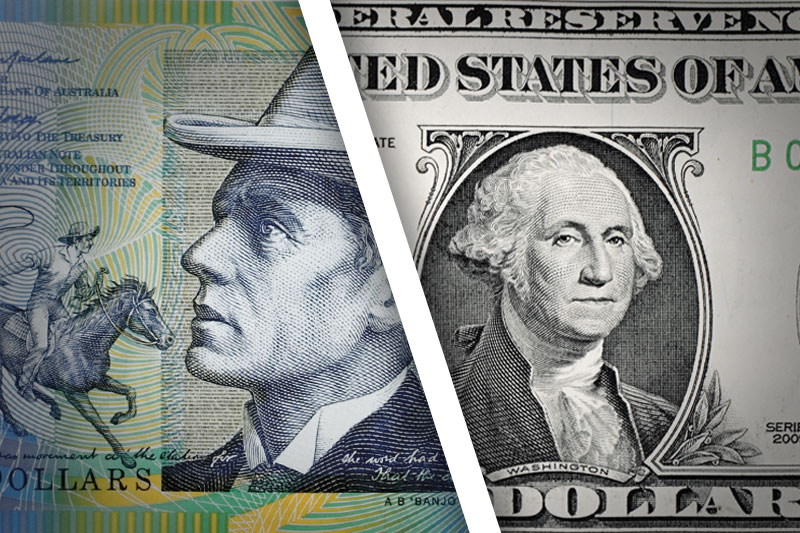Investing.com - The Australian dollar was steady against its U.S. counterpart on Tuesday, after the Reserve Bank of Australia signalled the possibility for further rate cuts and comments by the country's Treasurer, while investors eyed the Federal Reserve's upcoming policy meeting.
AUD/USD hit 0.8930 during late Asian trade, the session low; the pair subsequently consolidated at 0.8940, easing 0.06%.
The pair was likely to find support at 0.8904, the low of September 1 and resistance at 0.9014, the high of September 2.
The minutes of the RBA's December policy meeting earlier showed that the bank maintained the option of loosening monetary policy further due to an “uncomfortably high” currency.
The report added that "given the substantial degree of policy stimulus that had been imparted, it was prudent to hold the cash rate steady."
On December 3, the RBA held its benchmark interest rate at a record-low 2.5%.
Separately, in the Treasury's Mid-Year Economic and Fiscal Outlook, Treasurer Joe Hockey pledged spending cuts after saying Australia’s budget deficit will expand to AUD47 billion this fiscal year.
He added that growth is expected to be 2.5% this fiscal year, unchanged from the Treasury’s forecast ahead of the September 7 election.
Official data showed that new motor vehicle sales in Australia rose 1.8% in November, after a downwardly revised 0.9% decline the previous month.
In addition, the Conference Board said its leading index for Australia rose 0.5% in October, after a 0.3% gain in September.
Meanwhile, investors remained cautious ahead of the outcome of the Fed’s two-day policy meeting on Wednesday, with some expecting the bank to announce a small reduction in the pace of its USD85 billion-a-month asset purchase program.
Markets were also eyeing U.S. inflation data due out later in the session amid concerns that the subdued inflation outlook could prompt the Fed to keep its stimulus program in place for longer.
The Aussie was lower against the euro, with EUR/AUD edging up 0.20% to 1.5413.
AUD/USD hit 0.8930 during late Asian trade, the session low; the pair subsequently consolidated at 0.8940, easing 0.06%.
The pair was likely to find support at 0.8904, the low of September 1 and resistance at 0.9014, the high of September 2.
The minutes of the RBA's December policy meeting earlier showed that the bank maintained the option of loosening monetary policy further due to an “uncomfortably high” currency.
The report added that "given the substantial degree of policy stimulus that had been imparted, it was prudent to hold the cash rate steady."
On December 3, the RBA held its benchmark interest rate at a record-low 2.5%.
Separately, in the Treasury's Mid-Year Economic and Fiscal Outlook, Treasurer Joe Hockey pledged spending cuts after saying Australia’s budget deficit will expand to AUD47 billion this fiscal year.
He added that growth is expected to be 2.5% this fiscal year, unchanged from the Treasury’s forecast ahead of the September 7 election.
Official data showed that new motor vehicle sales in Australia rose 1.8% in November, after a downwardly revised 0.9% decline the previous month.
In addition, the Conference Board said its leading index for Australia rose 0.5% in October, after a 0.3% gain in September.
Meanwhile, investors remained cautious ahead of the outcome of the Fed’s two-day policy meeting on Wednesday, with some expecting the bank to announce a small reduction in the pace of its USD85 billion-a-month asset purchase program.
Markets were also eyeing U.S. inflation data due out later in the session amid concerns that the subdued inflation outlook could prompt the Fed to keep its stimulus program in place for longer.
The Aussie was lower against the euro, with EUR/AUD edging up 0.20% to 1.5413.
